
This Team of Indigenous Women Sculpts Stories in Snow
Team Kwe honors their Anishinaabe roots in the art and sport of snow sculpting.
It’s the dead of night on the edge of Wisconsin’s frozen Lake Geneva, and the frigid February wind is howling. A woman stands atop a cube of packed snow that’s taller than she is. Over and over, she muscles an auger—essentially, a giant corkscrew—into the block, painstakingly carving out a precise pattern. At the block’s base, her two “snow sisters” lop off more of the snow with machetes and saws in the light of their headlamps. They’ll have 49 hours to turn the eight-foot block of snow into something beautiful.
It was the trio’s first time competing in the National Snow Sculpting Championships. They call themselves Team Kwe, after an Anishinaabemowin term for women; as far as they know, they are the only snow sculpting team in the United States that’s made entirely of Indigenous women. The towering sculpture that emerged that wintry Wisconsin night in 2023, an otter diving beneath lily pads titled “Ngig Nibi Ganawendan (Otter Water Protector),” won them second place in the People’s Choice category at the competition.
Team Kwe’s captain—and the most experienced of the trio—is Heather Friedli, a visual artist based in St. Paul who has spent the last 13 winters as a professional snow sculptor. Friedli recruited her sister, Minneapolis karate teacher Juliana Welter, in 2019. Kwe’s third member, who joined in 2021, is Maggie Thompson, a Minneapolis-based textile artist. The team uses their snow sculpting designs to connect to their own identities as Anishinaabe women—the sisters being of Odawa descent, and Thompson, Ojibwe—and to tell a story with their work. “Traditionally in the Ojibwe culture, storytelling season is when there’s snow on the ground,” says Friedli. “For us, telling a story is important.”

In 2008, California-born Friedli was living in Ely, Minnesota, and was offered her first chance at helping out a snow sculpting team. “Before then I had created snowmen and random things in the yard, but nothing to that scale,” says Friedli. She fell in love with what she calls the “art-sport” and threw herself into it. Her dedication has paid off with both state and national wins on earlier teams—and some broader fame. In 2022, she competed in the world championships in Stillwater and was on the Disney+ reality competition, Best in Snow.
Friedli counts forming Team Kwe among her greatest achievements—one that’s been worth all the ups and downs and a whole lot of hand warmers. During a competition, snow sculpting teams often work straight through the night, aided by fresh socks, hot coffee, and plenty of what Friedli calls “vitamin ibuprofen.”
“Those late nights on the block—they really push your limits, physically and emotionally,” she says. “It’s like getting your ass handed to you by Mother Nature out there.”
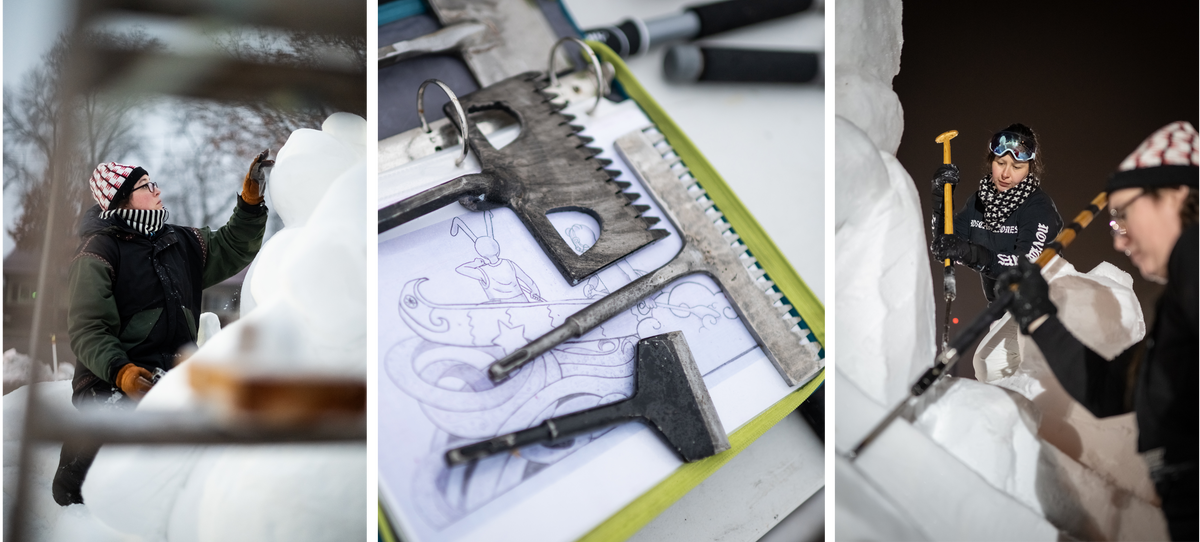
The team’s work starts weeks or even months ahead of a competition, during the design process. Planning for States in 2023, the team gathered in Friedli’s gallery and tossed around ideas. They landed on the theme of knitting, a craft generally done by women, who are rarely represented in the male-dominated field of snow sculpting. Team Kwe’s design would feature a ball of yarn, needles, and knitted fabric. To demonstrate the pattern, Thompson ran to the restroom and came back with toilet paper, which she expertly knitted between two paintbrushes. “And it was literally perfect,” says Welter. Along with sketches, the toilet-paper masterpiece provided visual cues for a putty model that guided their design in the field.
At the last moment, as the team prepared to tackle the highly technical design, Thompson, the textile expert, had to withdraw due to a family emergency. “We lost the person who most understood how knitting works,” says Welter. “Basically the entire piece was understanding how the loops go together.”
The sisters persevered, hacking and chiseling away into the night, but the team of two fell quickly behind—until seasoned sculptor Kelly Thune, fresh off a World Championship win on her team, stepped in to help. They had a chance. The team worked through the next 40 hours with an hour or two of sleep per night.
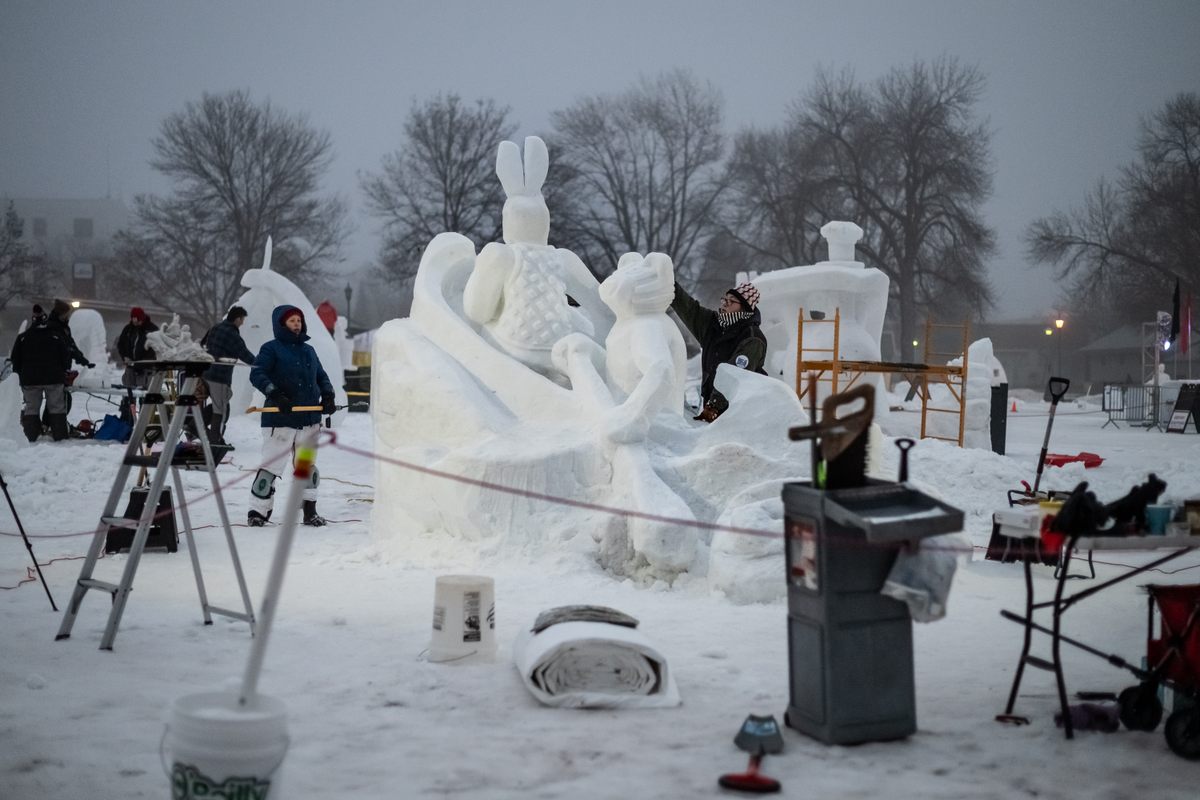
With numb knees, and cracked and swollen “sausage fingers,” Team Kwe completed the piece just before the competition closed. The knitting-inspired design echoes some of the team’s earlier pieces: For the 2021 state competition Team Kwe carved a jingle dress, to spread a message of healing during the COVID-19 pandemic. “Our grandma was a jingle dress dancer,” Friedli told Minnesota Public Radio’s North Star Journey. The dress style, she added, was created during the Great Flu pandemic of 1918 with the belief that “if people would dance [wearing it], it would bring healing.” The piece won them the People’s Choice Award that year.
In 2022, for the Indigenous Arts Festival in Mankato, Minnesota, their sculpture featured a bison and a shawl dancer, honoring missing and murdered Indigenous women. While their pieces often have serious social messages, Team Kwe also has a sense of humor, says Friedli. For States in 2022, they carved a winged bison with a pair of jeans snagged on its horns, based on an infamous tourist misadventure when “a lady got her pants ripped off by bison,” says Friedli.
“Heather’s work has been instrumental and really pushes the Indigenous agenda, getting the word out there and inspiring other teams,” says Kelly Thune’s brother, Dusty Thune. Dusty Thune is the captain of the team House of Thune, which just won the 2024 World Snow Sculpting Competition in Stillwater. His team focuses on environmental commentary, including designs addressing pollution and conservation, and takes inspiration from Indigenous teachings. From sharing custom snow sculpting tools to substituting team members in a pinch, the Thune and Kwe teams are more like family than cutthroat competitors. “Heather has joined us a few times, she’s one of our Snow Sisters,” he says. “We all consider each other family.”
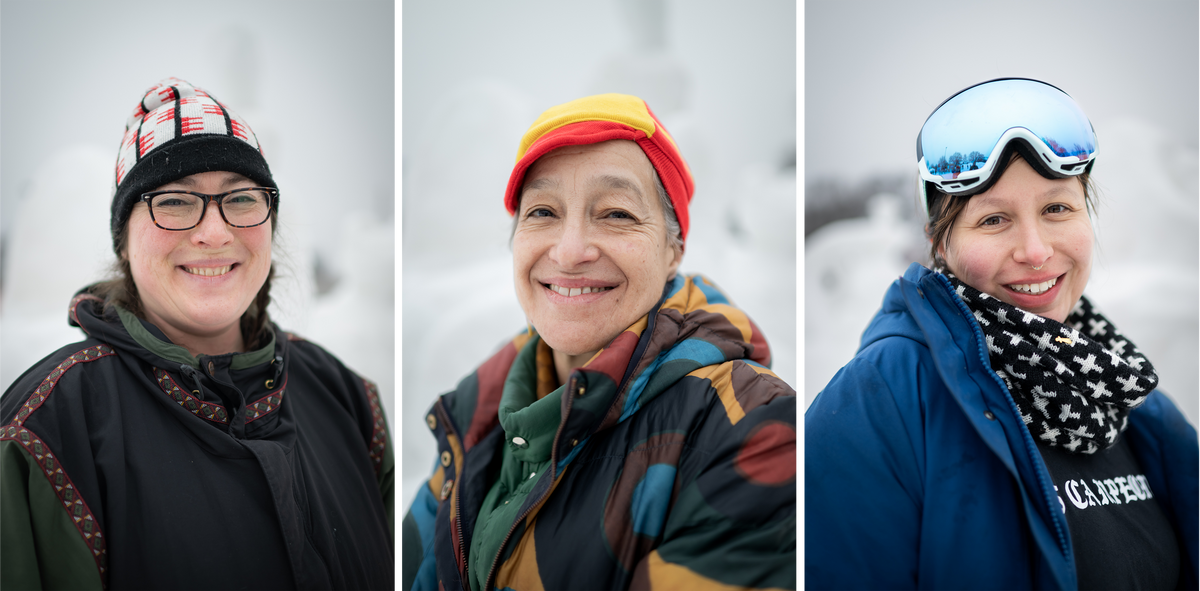
“Having done this over the years, the one thing that always sticks out to me is how even though we’re competitors, we are friendly competitors, for the most part,” says Friedli. “If you’re an unfriendly competitor, I don’t think you’d last very long.” Teams can be seen running over to help lift dragon heads onto bodies, to lend a ladder, or to loan a new custom tool.
This year at the 2024 Minnesota State Snow Sculpting Competition, Team Kwe was thrown yet another curveball: Welter had to bow out due to a sudden illness. In a situation that echoed events in 2023, Team Kwe put out a call on social media. As fate would have it, just a week earlier, Fern Naomi Renville—a St. Paul-based theater artist and enrolled citizen of the Sisseton Wahpeton Oyate—had admired the designs at the Worlds and decided she wanted to try snow sculpting. The following weekend, she was in her first competition as part of Team Kwe.
The team’s sculpture was called “Wenabozho and Dadibaajimad Journey on the River of Souls,” and was a homage to Ojibwe artist Jim Denomie, who died in 2022. The piece illustrates a traditional Ojibwe story of two figures—Wenabozho and his brother Dadibaajimad—on an otherworldly journey. According to Ojibwe tradition, when someone dies, they travel the Milky Way in a canoe to join relatives who have passed before them.

The design is deeply meaningful to the team, but also practical, created without the gravity-defying elements Friedli is known for. That’s because this year, daytime temperatures, instead of ideal single digits and teens, were above freezing. “The warmer temperatures for snow sculpting mean that we can’t take big, physical risks,” says Friedli. Fortunately, the competition days were cloudy, leaving the sculpting blocks wet and uneven but workable. The team constantly monitored conditions, particularly narrow sections that could melt and collapse or break off. “The sunny side can be like mashed potatoes when you touch it,” says Friedli.
Navigating slushy snow and guiding a new teammate through snow sculpting 101 slowed down the team, requiring an all-nighter for the final push. But at “tools up” time on Sunday morning, a tired and aching Friedli was proud of what they had accomplished, far beyond the block of snow that was now a beautifully rendered canoe. “To introduce another Indigenous woman into this art-sport that we love so much, that means everything,” says Friedli. She sees a larger mission to Team Kwe’s work.
“I feel really interconnected with the world when I’m out there sculpting, creating, and knowing that the pieces go right back to nature,” she says. “It’s the circle of life, and reminds us that even we’re impermanent, just like the sculptures.”
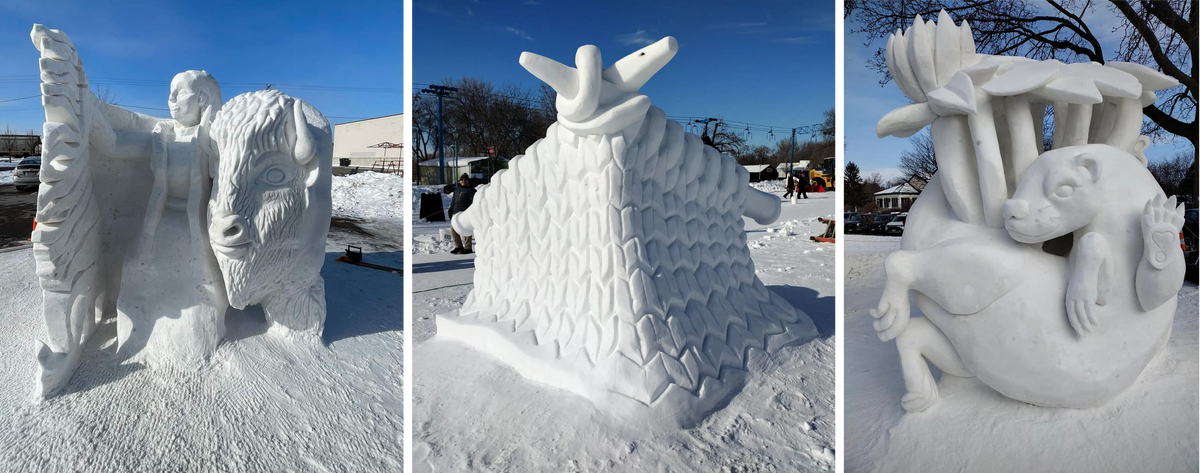

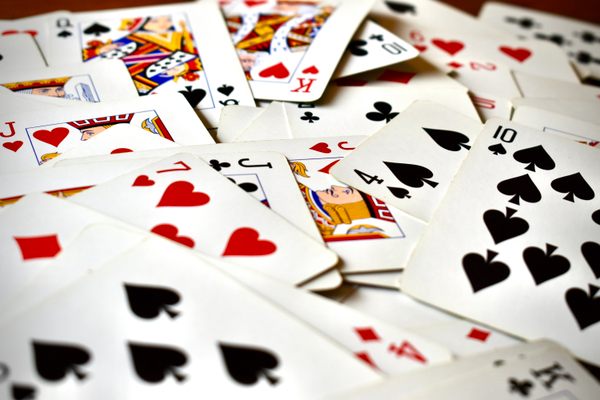



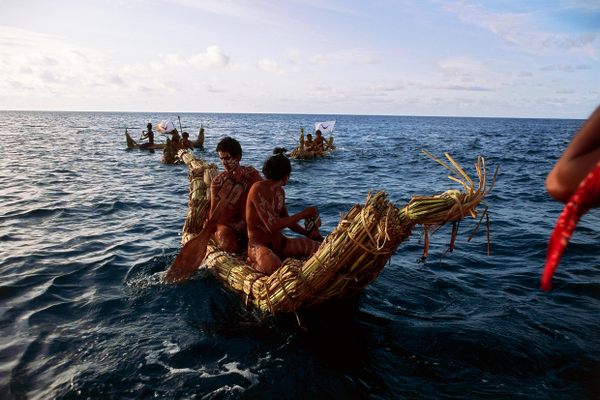
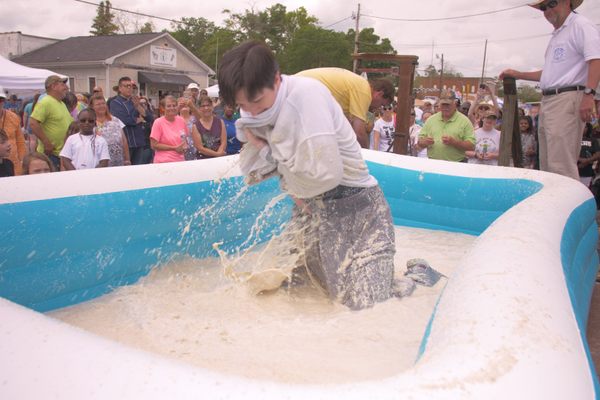



























Follow us on Twitter to get the latest on the world's hidden wonders.
Like us on Facebook to get the latest on the world's hidden wonders.
Follow us on Twitter Like us on Facebook